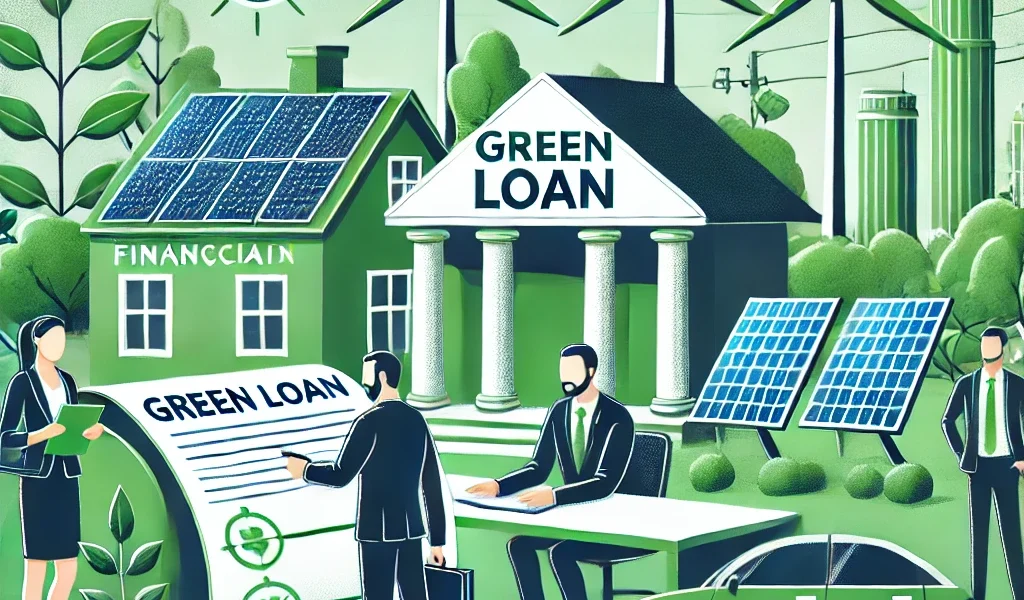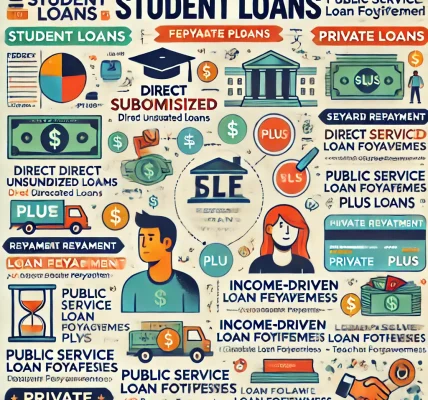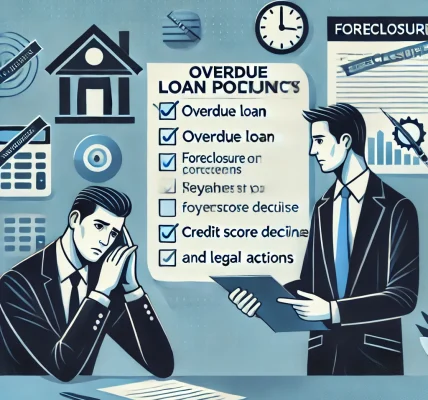Introduction
As the world shifts towards environmental sustainability, financial institutions are adapting by introducing green loans and sustainable financing options. These emerging loan policies encourage individuals, businesses, and governments to invest in environmentally responsible projects.
Green loans are designed to finance projects that have positive environmental impacts, such as renewable energy, energy efficiency upgrades, and eco-friendly construction. Meanwhile, sustainable financing extends beyond green loans, including social and governance-based funding solutions that promote overall sustainability.
This article explores:
- What green loans and sustainable financing are
- Their key features and benefits
- Loan policies and eligibility criteria
- The impact of regulatory frameworks
- The future of green financing in the global financial landscape
What Are Green Loans?
Green loans are a type of financing that supports projects with environmental benefits. These loans are typically aligned with international guidelines like the Green Loan Principles (GLP), ensuring that funds are used exclusively for sustainable purposes.
Key Features of Green Loans
✅ Environmentally Focused: Funds must be used for eco-friendly projects
✅ Transparency & Accountability: Borrowers must report the environmental impact
✅ Lower Interest Rates: Some institutions offer incentives for green projects
✅ Government Backing: Many countries provide subsidies and tax benefits
Examples of Green Loan Uses
- Installing solar panels or wind turbines
- Constructing energy-efficient buildings
- Purchasing electric vehicles (EVs)
- Adopting sustainable agriculture practices
- Implementing water conservation initiatives
What is Sustainable Financing?
Sustainable financing refers to a broader financial strategy that incorporates environmental, social, and governance (ESG) factors into investment and lending decisions.
Types of Sustainable Financing
- Green Bonds: Used by corporations and governments to raise funds for environmental projects
- Sustainability-Linked Loans (SLLs): Offer favorable terms based on ESG performance
- Social Bonds: Fund projects with social benefits, such as affordable housing
- Impact Investing: Investments aimed at generating financial returns while making a positive social impact
Key Policies Governing Green Loans and Sustainable Financing
Many financial institutions have introduced specific loan policies to regulate green financing. Some of the major policies include:
1. Green Loan Principles (GLP)
Issued by the Loan Market Association (LMA), GLP ensures that:
- The loan proceeds are used for green projects
- Borrowers report usage and environmental benefits
- Lenders verify compliance through audits
2. EU Sustainable Finance Taxonomy
The European Union (EU) introduced this classification system to help investors identify environmentally sustainable investments.
3. Reserve Bank & Central Bank Regulations
Many central banks, including the Reserve Bank of India (RBI) and the US Federal Reserve, have introduced green financing guidelines that encourage banks to allocate a percentage of lending toward sustainable projects.
4. Climate Bonds Initiative
This initiative sets global standards for green bonds, ensuring that only projects with verifiable climate benefits receive funding.
Benefits of Green Loans and Sustainable Financing
| Benefit | Green Loans | Sustainable Financing |
|---|---|---|
| Lower Interest Rates | ✅ Yes, often lower than traditional loans | ✅ Yes, if ESG targets are met |
| Tax Benefits & Incentives | ✅ Governments offer subsidies | ✅ Tax exemptions for impact investors |
| Positive Environmental Impact | ✅ Directly funds green projects | ✅ Supports long-term sustainability |
| Brand Reputation | ✅ Boosts eco-friendly businesses | ✅ Helps corporations meet ESG goals |
Eligibility Criteria for Green Loans
To qualify for a green loan, borrowers must meet specific criteria:
- Project Eligibility: The loan must be used for a project that aligns with green principles.
- Environmental Impact Report: Borrowers may need to submit an impact assessment.
- Compliance with Green Loan Principles: Banks may require certifications from regulatory bodies.
- Financial Stability: As with any loan, borrowers must demonstrate repayment capacity.
Challenges in Green and Sustainable Financing
Despite its many benefits, green financing faces challenges such as:
🚧 High Initial Costs: Green projects often require significant upfront investment.
🚧 Lack of Awareness: Many borrowers are unaware of green loan benefits.
🚧 Regulatory Barriers: Inconsistent global standards make it difficult to implement uniform policies.
🚧 Limited Availability: Not all banks offer green loans, limiting accessibility.
The Future of Green Loans and Sustainable Financing
As the world shifts toward carbon neutrality, the demand for green loans and sustainable financing is expected to grow significantly. Governments and financial institutions are:
- Increasing subsidies for green projects
- Developing stricter ESG regulations for financial markets
- Encouraging private sector investment in sustainable solutions
Emerging Trends
📈 AI & Big Data in Sustainable Finance – Banks are using technology to analyze ESG risks.
📈 Green Mortgages – Homebuyers can get lower interest rates for energy-efficient homes.
📈 Sustainability-Linked Credit Cards – Rewarding users for eco-friendly purchases.
Conclusion
Green loans and sustainable financing are crucial financial tools for building a more sustainable future. With growing awareness, regulatory support, and financial incentives, green finance is becoming mainstream.
If you’re planning an eco-friendly project, consider applying for a green loan today to benefit from lower interest rates, tax incentives, and long-term sustainability advantages.




